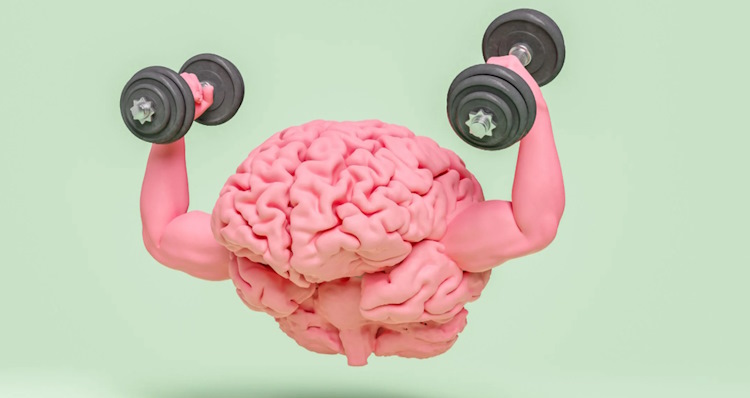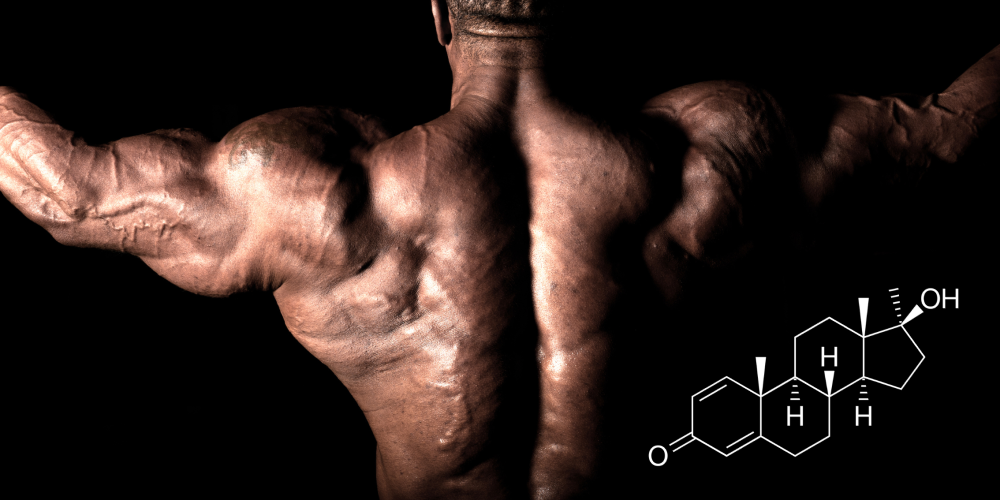How to Prevent and Treat Common Injuries and Pains from Weight Training
Weight training is a great way to build muscle, strength, and confidence. But it can also come with some unwanted side effects, such as injuries and pains. Whether you’re a beginner or a seasoned lifter, you’ve probably experienced some discomfort or soreness in your joints, muscles, or tendons at some point. Maybe you’ve tweaked your lower back while doing deadlifts, felt a sharp pain in your shoulder while bench pressing, or developed a nagging ache in your elbow while curling. These are some of the most common weight training injuries that can ruin your workout and your progress.
But don’t worry, you don’t have to give up lifting weights or live in pain. There are ways to prevent and treat these common injuries and pains so that you can enjoy your workouts and reach your goals. Here are some tips and tricks to keep you healthy and happy in the weight room.
Lower Back Pain
Lower back pain is one of the most common complaints among weight lifters. It can be caused by poor form, excessive load, lack of mobility, or muscle imbalance. Lower back pain can range from mild stiffness to severe spasms that limit your movement and function.
To prevent lower back pain, you should:
- Warm up properly before lifting weights. Do some dynamic stretches and light cardio to increase blood flow and loosen up your muscles and joints.
- Use proper form when lifting weights. Keep your spine neutral, brace your core, and avoid rounding or arching your back. Don’t lift more than you can handle with good technique.
- Strengthen your core muscles. Your core muscles include your abs, obliques, lower back, and glutes. They help stabilize your spine and transfer force between your upper and lower body. Do exercises like planks, bridges, crunches, leg raises, and bird dogs to build a strong core.
- Stretch your hip flexors. Your hip flexors are the muscles that connect your thighs to your pelvis. They can become tight from sitting too much or doing too much flexion exercises like squats or leg presses. Tight hip flexors can pull on your lower back and cause pain. Stretch them regularly by doing lunges, kneeling hip flexor stretches, or pigeon poses.
- Rest and recover. Don’t train the same muscle group two days in a row. Give your muscles time to heal and grow. Also, get enough sleep, drink plenty of water, and eat a balanced diet to support your recovery.
To treat lower back pain, you should:
- Apply ice or heat. Ice can help reduce inflammation and numb the pain in the acute phase (within 48 hours of injury). Heat can help relax the muscles and improve blood flow in the chronic phase (after 48 hours of injury). Apply ice or heat for 15 to 20 minutes at a time, several times a day.
- Take anti-inflammatory drugs. Over-the-counter medications like ibuprofen or naproxen can help reduce pain and inflammation. Follow the directions on the label and don’t take them for more than 10 days without consulting your doctor.
- Do gentle movements. Avoid staying in one position for too long or being completely inactive. This can make your muscles stiffen up and worsen the pain. Do some gentle movements like walking, swimming, or cycling to keep your blood flowing and prevent muscle spasms.
- See a doctor or a physical therapist. If your pain is severe, persistent, or accompanied by other symptoms like numbness, tingling, weakness, or fever, you should see a medical professional as soon as possible. They can diagnose the cause of your pain and prescribe the appropriate treatment plan.
Shoulder Impingement
Shoulder impingement is a condition where the tendons of the rotator cuff (the muscles that stabilize the shoulder joint) get pinched by the bones of the shoulder blade or the collarbone. This can cause inflammation, pain, and reduced range of motion in the shoulder. Shoulder impingement can be caused by overuse, poor posture, lack of mobility, or muscle imbalance.
To prevent shoulder impingement, you should:
- Warm up properly before lifting weights. Do some dynamic stretches and light cardio to increase blood flow and loosen up your muscles and joints.
- Use proper form when lifting weights. Keep your shoulders down and back, avoid shrugging or flaring your elbows out too much, and don’t lift more than you can handle with good technique.
- Balance your push and pull exercises. Push exercises like bench press, shoulder press, or push-ups work the front of your shoulders (anterior deltoids) more than the back (posterior deltoids). Pull exercises like rows, pull-ups, or face pulls work the opposite. You should do an equal amount of push and pull exercises to avoid creating a muscle imbalance that can lead to shoulder impingement.
- Stretch your chest and shoulders. Your chest and shoulders can become tight from doing too much push exercises or from hunching over your computer or phone. Tight chest and shoulders can pull your shoulder blades forward and create impingement. Stretch them regularly by doing chest stretches, shoulder stretches, or doorway stretches.
- Rest and recover. Don’t train the same muscle group two days in a row. Give your muscles time to heal and grow. Also, get enough sleep, drink plenty of water, and eat a balanced diet to support your recovery.
To treat shoulder impingement, you should:
- Apply ice or heat. Ice can help reduce inflammation and numb the pain in the acute phase (within 48 hours of injury). Heat can help relax the muscles and improve blood flow in the chronic phase (after 48 hours of injury). Apply ice or heat for 15 to 20 minutes at a time, several times a day.
- Take anti-inflammatory drugs. Over-the-counter medications like ibuprofen or naproxen can help reduce pain and inflammation. Follow the directions on the label and don’t take them for more than 10 days without consulting your doctor.
- Do gentle movements. Avoid staying in one position for too long or being completely inactive. This can make your muscles stiffen up and worsen the pain. Do some gentle movements like arm circles, shoulder rolls, or pendulum swings to keep your blood flowing and prevent muscle spasms.
- See a doctor or a physical therapist. If your pain is severe, persistent, or accompanied by other symptoms like numbness, tingling, weakness, or fever, you should see a medical professional as soon as possible. They can diagnose the cause of your pain and prescribe the appropriate treatment plan.
Elbow Tendinitis
Elbow tendinitis is a condition where the tendons that connect the muscles of the forearm to the elbow become inflamed and irritated. This can cause pain, stiffness, and reduced range of motion in the elbow. Elbow tendinitis can be caused by overuse, repetitive stress, poor form, or lack of mobility.
To prevent elbow tendinitis, you should:
- Warm up properly before lifting weights. Do some dynamic stretches and light cardio to increase blood flow and loosen up your muscles and joints.
- Use proper form when lifting weights. Keep your wrists straight, avoid locking out your elbows, and don’t lift more than you can handle with good technique.
- Vary your grip and exercises. Using the same grip or doing the same exercises over and over can put too much stress on your elbow tendons. Try to change your grip (e.g., from overhand to underhand) or your exercises (e.g., from barbell curls to hammer curls) every few weeks to give your tendons a break.
- Stretch your forearms and wrists. Your forearms and wrists can become tight from gripping weights or typing on a keyboard. Tight forearms and wrists can put more strain on your elbow tendons. Stretch them regularly by doing forearm stretches, wrist stretches, or prayer stretches.
- Rest and recover. Don’t train the same muscle group two days in a row. Give your muscles time to heal and grow. Also, get enough sleep, drink plenty of water, and eat a balanced diet to support your recovery.
To treat elbow tendinitis, you should:
- Apply ice or heat. Ice can help reduce inflammation and numb the pain in the acute phase (within 48 hours of injury). Heat can help relax the muscles and improve blood flow in the chronic phase (after 48 hours of injury). Apply ice or heat for 15 to 20 minutes at a time, several times a day.
- Take anti-inflammatory drugs. Over-the-counter medications like ibuprofen or naproxen can help reduce pain and inflammation. Follow the directions on the label and don’t take them for more than 10 days without consulting your doctor.
- Do gentle movements. Avoid staying in one position for too long or being completely inactive. This can make your muscles stiffen up and worsen the pain. Do some gentle movements like wrist flexion and extension, wrist rotation, or finger flexion and extension to keep your blood flowing and prevent muscle spasms.
- See a doctor or a physical therapist. If your pain is severe, persistent, or accompanied by other symptoms like numbness, tingling, weakness, or fever, you should see a medical professional as soon as possible. They can diagnose the cause of your pain and prescribe the appropriate treatment plan.
I hope this helps you prevent and treat common injuries and pains from weight training. If you have any questions or comments, feel free to leave them below. And don’t forget to lift safely!









